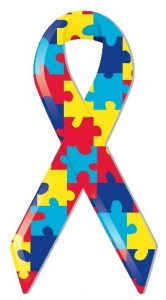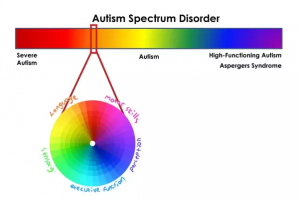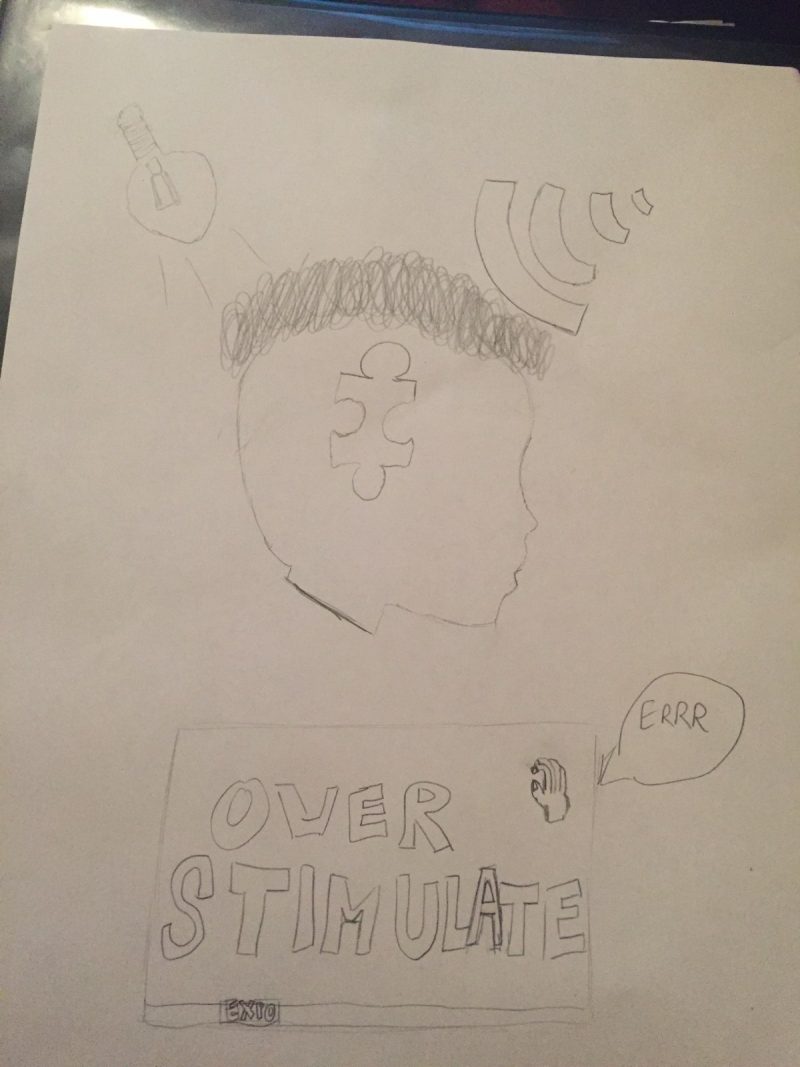
Autism spectrum disorders, or ASD, are unlike other disorders in that there is no single gene or factor that cause them. Rather, numerous scientific studies suggest that there are several factors that play a role. Of the several causes, two main issues are problems with the immune response and maternal infection.
The immune system plays a substantial role in developing our nervous system and shaping neurons in a healthy individual. One common feature that is seen in most ASD patients is inflammation of the brain (neuroinflammation). The molecules that cause this inflammation are known as cytokines. Cytokines are released as an immune defense response, and in most people, they are at the appropriate level. In autistic people, however, they are elevated in number and depending on the number, can indicate the severity of the disorder (the more cytokines, the more severe form of autism). From this neuroinflammation, the connections between neurons and neurons themselves are destroyed. There are ongoing efforts to discover drugs that combat cytokines and the damage they cause; to this point, there has been moderate success in clinical trials for similar neurological disorders.
Another major cause of autism is maternal infection. Studies have shown that mothers who suffer from infections (such as urinary tract infections, UTIs) are more likely to have children with autism than those without infections. Mothers that have multiple infections or infections closer to conception show an elevated risk of having an autistic child. One reason experts think this is the case is due to the mothers immune response releasing the previously discussed cytokines. They believe it could the mothers cytokines crossing over in the placenta to the fetus, or the mother’s immune response causing the fetus to release its own cytokines.

The Spectrum
Even though you can’t point to just one thing as the cause, there are a few common symptoms, including oddities in behavior, social interactions, and communication. However, the severity of these abnormalities varies case to case and leads to the formation of a spectrum, with symptoms ranging from mild to severe. On this spectrum, the disorders include autism, Asperger syndrome, pervasive developmental disorder not otherwise specified (PDD-NOS), and childhood disintegrative disorder (CDD).
Autism
Parents of children with autism will notice signs within the first few years of life. They will show repetitive behaviors, whether it be body movements, routines that must be done, or self-harming. Difficulties with communicating include avoidance of eye contact, issues starting and keeping a conversation going, and repetitive speech. Additionally, patients often have trouble sharing experiences or expressing emotions in social situations such as empathy.
Asperger’s Syndrome
People with Asperger’s will typically show signs at or a little before two years old and will last throughout his or her life. They will experience similar symptoms as autism, but on a milder scale. Like autism, people with Asperger’s will exhibit repetitive behaviors and interest in very specific areas that are pursued thoroughly. They will also show a lack of empathy and eye contact, as seen in autism, but will not be withdrawn from a conversation. Language and speech are usually quite normal and are not delayed in their abilities at a young age.
Childhood Disintegrative Disorder (CDD)
Children with CDD will develop normally for their first few years of life, but will almost completely lose skills they have learned before the age of 10. These severely lost skills include speech, listening ability, social skills, motor skills, and control over their bowels.
PDD-NOS
PDD-NOS is the diagnosis when patients don’t fully exhibit the characteristics for another one of the disorders; this could mean late onset age or unique symptoms that don’t fit the other conditions. Symptoms for individuals with PDD-NOS will exhibit similar difficulties as the other disorders, including in communication and in social behavior. PDD-NOS is typically milder, but can also be more severe.
While multiple factors cause ASD and play a role in the development of the disorder, two of the biggest pieces are undoubtedly issues in the immune response and maternal infection, both of which leading to neuroinflammation. Not only is it the prevalence of cytokines in the brain, but the level of cytokines can determine the severity of ASD and where one may land on the spectrum, from mild to sever symptoms and anything in between. Better understanding of the entire spectrum will lead to better specialized treatment in every situation, as no one case is the same.
Sources:
https://www.frontiersin.org/articles/10.3389/fncel.2015.00519/full
https://moodle.cord.edu/pluginfile.php/723245/mod_resource/content/0/pathophys%20of%20ASD%202017.pdf
https://www.ncbi.nlm.nih.gov/pmc/articles/PMC2801483/
Image 1: http://www.tesidea.com/autism-signs-symptoms-and-diagnosis/
Image 2: http://www.thepipettepen.com/tag/autism-spectrum/
